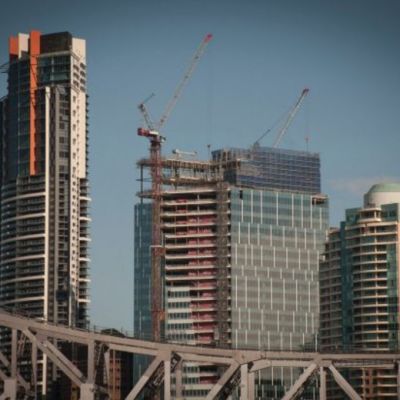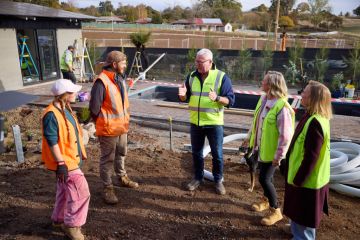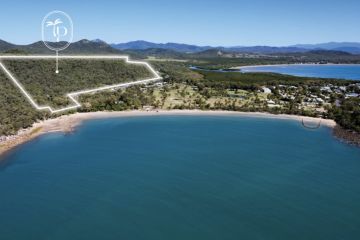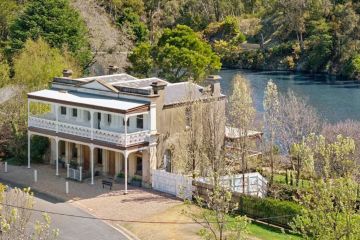Melbourne apartments unable to withstand heatwave conditions, fail to keep residents safe
Melbourne’s apartments would fail to keep residents safe during a heatwave because they do not meet international health standards for indoor temperature levels, according to a new report.
Unlike France, Germany, the UK and the US, Australia has no best practice standards to protect the health of apartment residents. The six common Melbourne building models tested without cooling systems by the University of Melbourne were found to fail each of those country’s measures.
After a severe heatwave hit Europe in 2003, resulting in more than 14,000 deaths in France alone, the government introduced a “summer comfort” requirement to their building code. It stipulates that indoor rooms must not surpass 28 degrees for more than 3 per cent of the year without airconditioning. This, along with those standards of UK, Germany and America were what researchers compared their results to.
Lead researcher Christopher Jensen said that under severe weather conditions, coupled with a power blackout, apartment dwellers of both new and old buildings could be at risk of heat stress – a condition where the body was unable to cool itself to a healthy temperature.
“The contribution of a building to that condition is fairly significant,” said Mr Jensen.
“In the event of a heatwave, certain apartments for a range of reasons will contribute to a physiological condition that is called heat stress, which is a problem to particular groups in the population.”
Funded by the Australian Communities Foundation Green Cities Innovation Fund, the report comes as Melbourne experiences a near-record breaking start to autumn with temperatures sitting well above average for this time of year.
Researchers measured the performance of six apartment building types – low and high-rise, old and new, minimum standards and best practice – without airconditioning and under the conditions experienced around Black Saturday in 2009 and compared the results to international standards.
Single glaze windows, lack of insulation and poor ventilation were just some of the reasons the buildings failed.
For all new buildings, the report recommends a change to Australia’s building code, making it compulsory to measure a building’s ability to cope with heat at the design stage.
The report also suggested retrofitting measures to improve existing dwellings, with a public comfort rating system for apartments helping buyers and renters make informed choices about where they live.
Mr Jensen said such a system would also help push the market to undertake retrofitting despite associated costs.
“Rather than say every building must do X, Y and Z, it is a case of saying ‘here is a mechanism to drive the market to deal with this issue’.”
Mr Jensen also suggested a heatwave advisory warning which operates in a similar way to the current bushfire warning system.
“[A] text message or a public information service that advises people of an upcoming heatwave and they might take preventive measures in a range of different ways,” he said.
States
Capital Cities
Capital Cities - Rentals
Popular Areas
Allhomes
More










